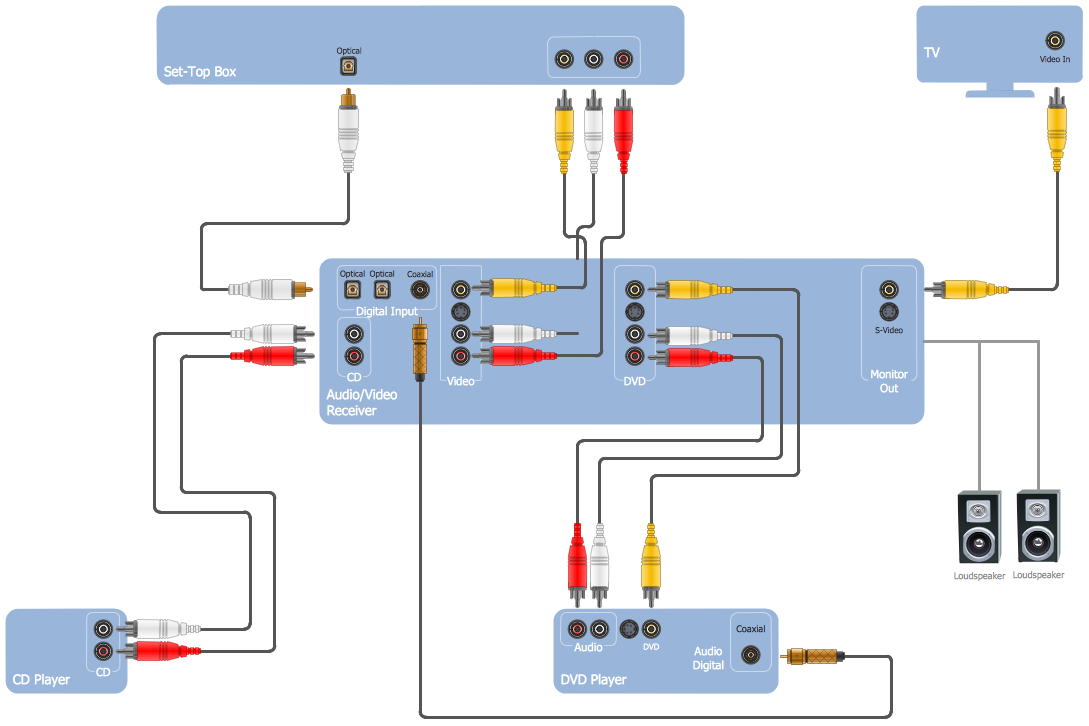Optimal Strategies for Positioning Security CCTV to Enhance Surveillance Efficacy
Optimal Strategies for Positioning Security CCTV to Enhance Surveillance Efficacy
Blog Article

Positioning security cameras efficiently is essential to enhancing monitoring in different settings, such as homes, commercial properties, and community spaces. The primary objective of security systems is to deter crime while also provide proof in case of events. To achieve this, it becomes essential to take into account several factors, including surveillance camera placement, field of vision, and the particular areas that need monitoring. By understanding these factors, people and organizations can develop a comprehensive monitoring strategy that optimizes the effectiveness of their security solutions.
One of the first steps in positioning security systems involves to identify critical areas that require surveillance. Vulnerable zones, including entry points, exit points, vehicle lots, as well as areas with high-value assets, must be prioritized. It also crucial to take into account areas not visible, which may be areas that might not be visible from specific angles. By charting out these critical areas, surveillance staff can guarantee that every nook is observed, reducing the likelihood of criminal actions going unnoticed. Additionally, installing surveillance systems at key locations can help form a comprehensive perspective of the premises, allowing for improved overall surveillance coverage.
The viewing angle of a security camera remains another important element to consider. Various kinds of cameras provide varying fields of vision, which can affect how much space gets recorded in the footage. For example, wide-angle systems can monitor larger areas, making them perfect for open locations, whereas PTZ cameras can be modified to focus on particular features. When positioning surveillance systems, it is essential to choose the appropriate type based on the area being observed. This ensures that the system can record clear footage and offer valuable data in case of an incident.
Height and angle of installation also have a significant part in the effectiveness of security cameras. Cameras should be installed at a level that remains out of grasp of potential tampering but also allows for clear visit this web-site visibility of faces and additional recognizable details. A common recommendation is install systems at least 8 to 10 feet off the floor. Additionally, the angle at which the system remains set can affect its capability to capture important details. Surveillance systems must be tilted to minimize glare and avoid blockages, guaranteeing that they can record sharp video at any times.
Finally, regular upkeep and improvements to the surveillance camera are essential for sustained efficacy. This entails checking system functionality, cleaning lenses, and making sure that firmware remains up to date. Regular evaluations of the monitoring strategy can help identify any additional blind spots or areas that may require additional coverage. By staying vigilant and making necessary changes, people and organizations can improve their monitoring effectiveness and ensure that their security systems remain to fulfill their designated purpose.